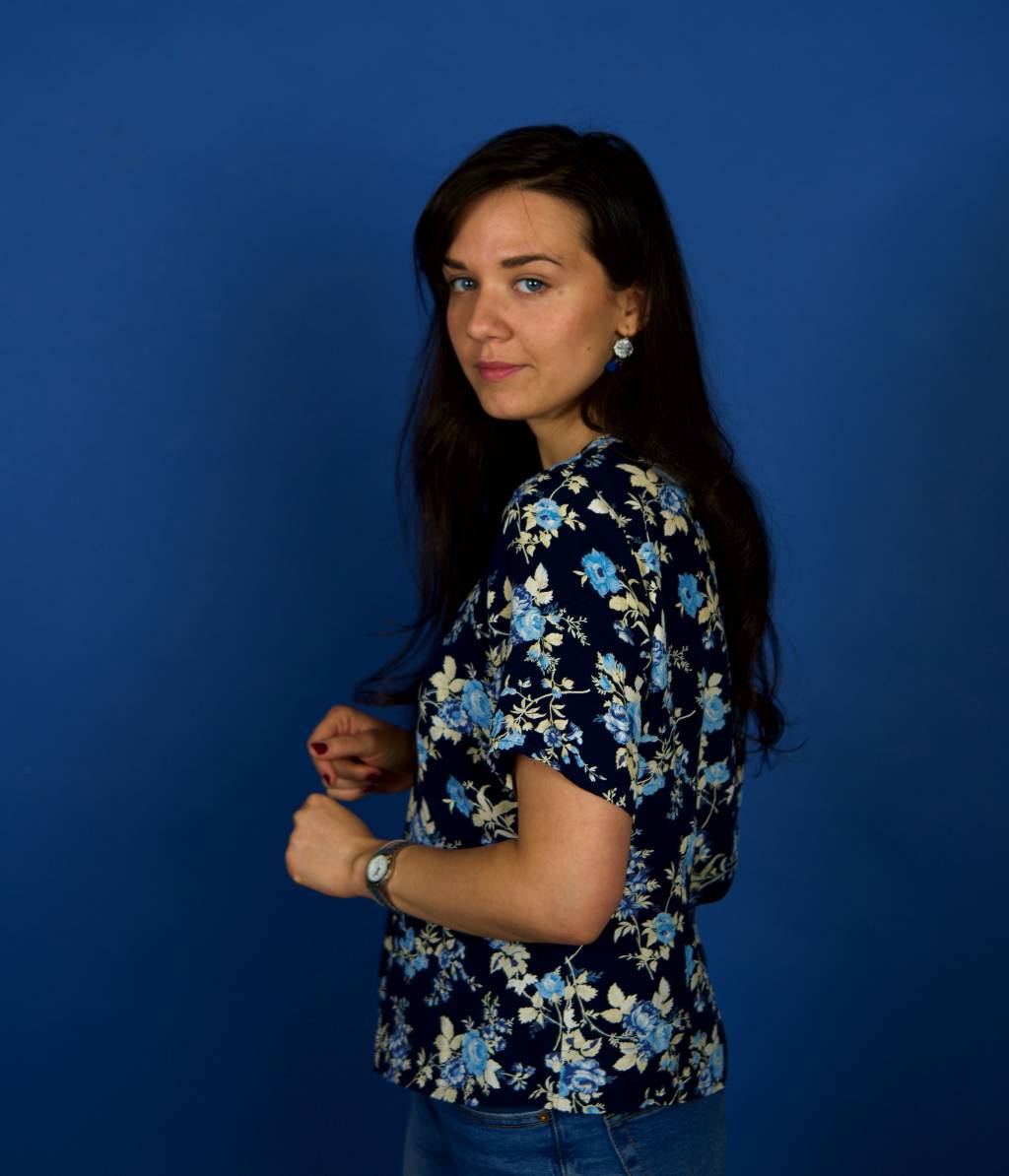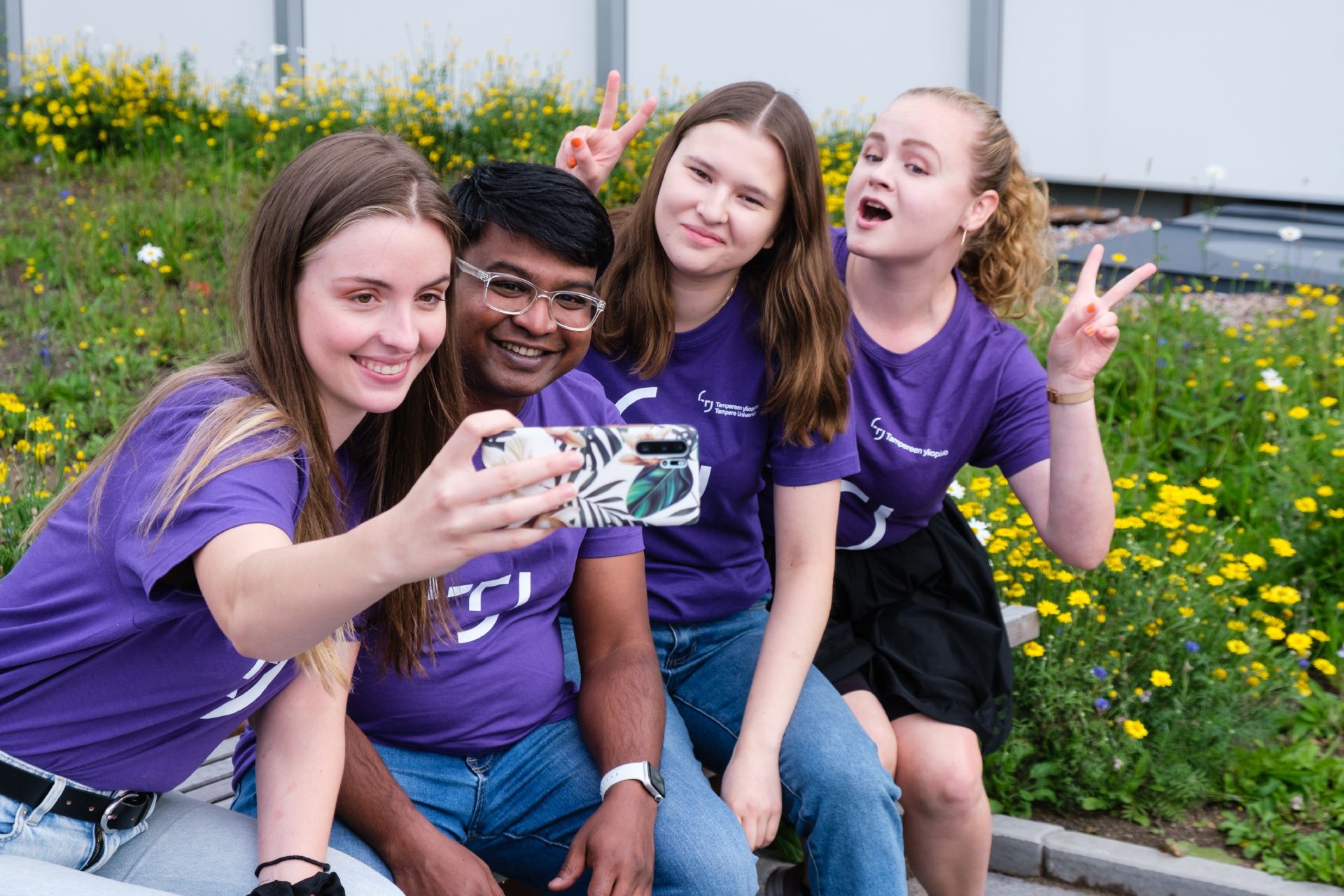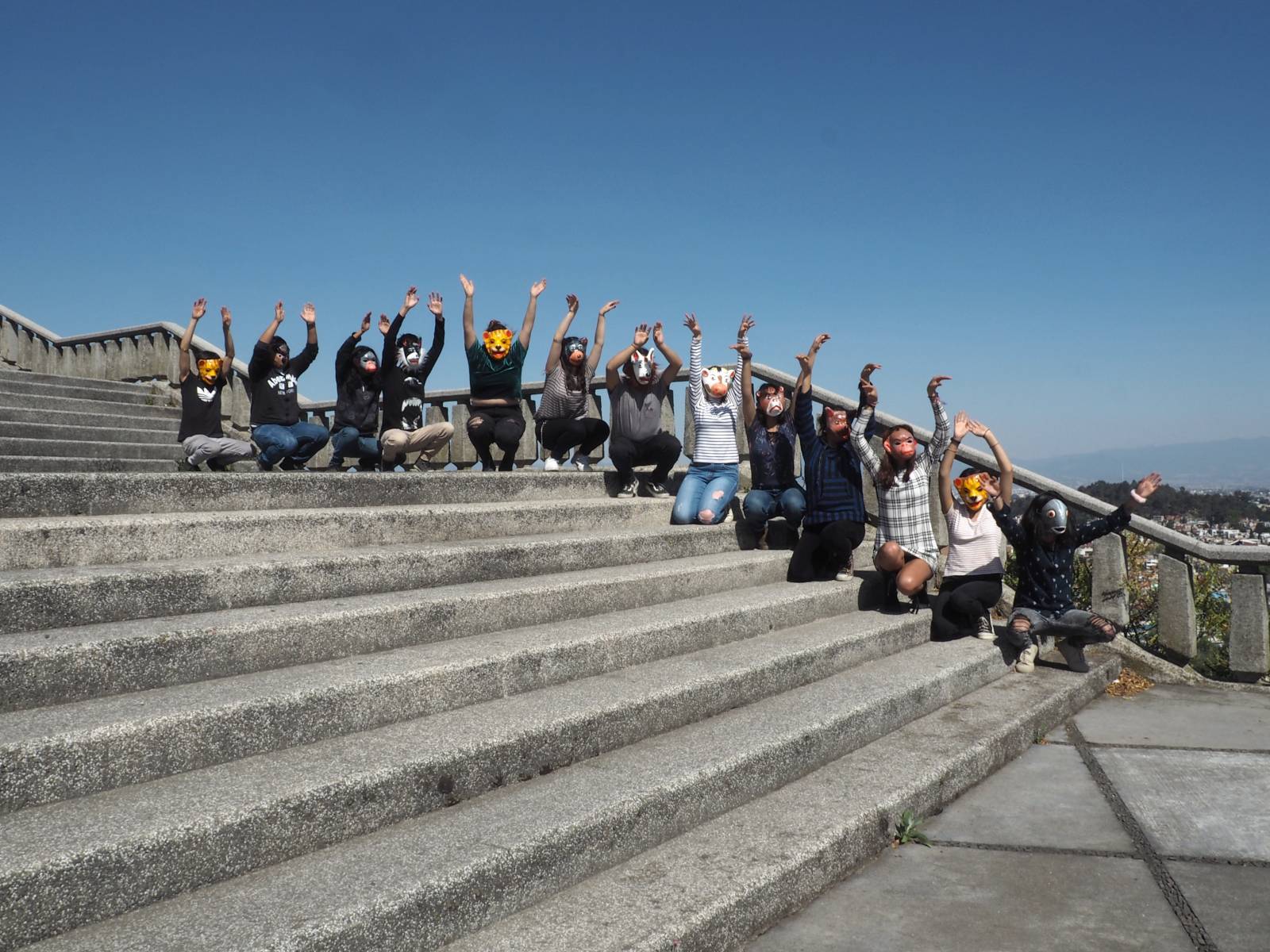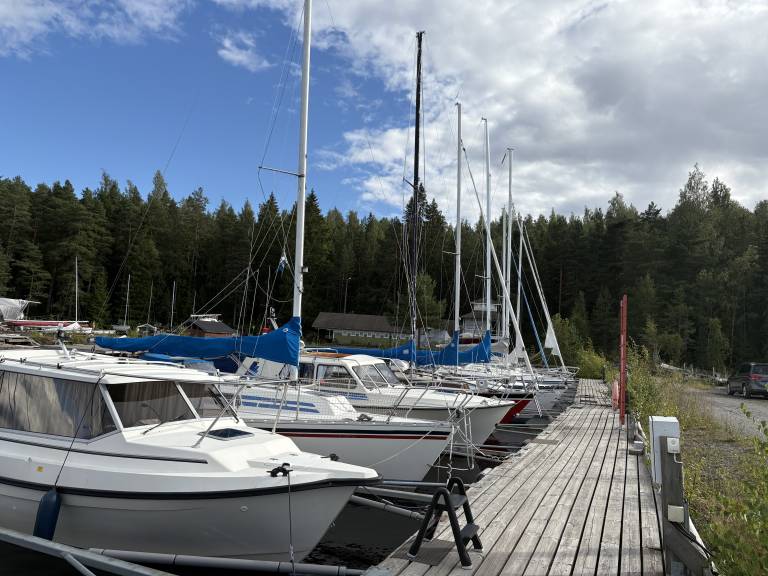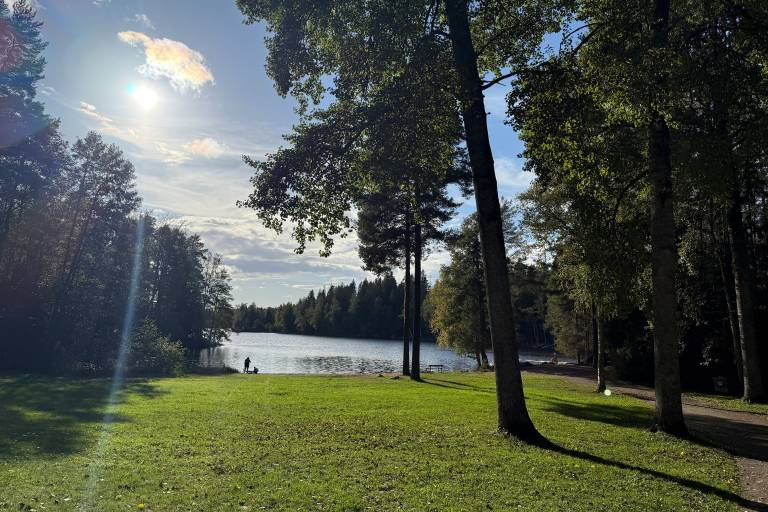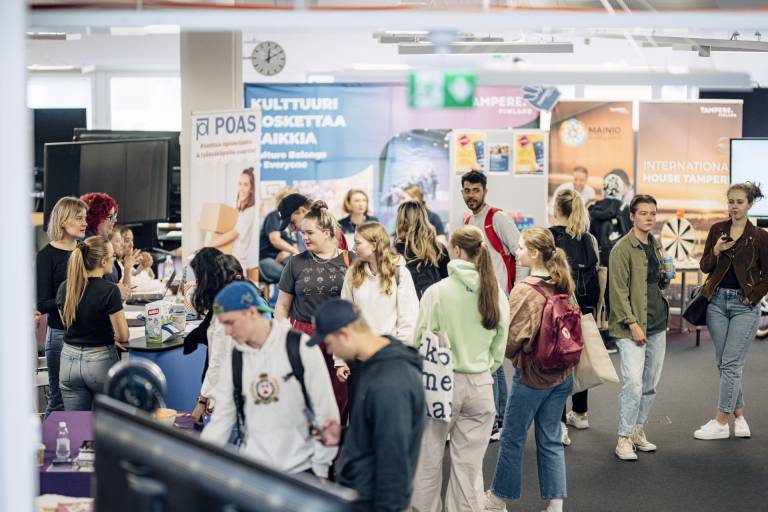Since I moved to Finland my way of living changed a lot. I haven’t eaten meat since I was 16 years old, I do recycle and I don’t buy plastic bags. But everybody knows this is not enough. It is much easier here to do the right choices when it comes to sustainability.
I got accepted at TAMK in 2018. That’s when I became more and more concerned about this topic. I was surprised to see that people are taking the climate change seriously here in Finland.
Circular economy projects at TAMK
In the summer of 2019, I had already starting to delve deeper into the subject by making my own research. Teachers were opening topics regarding sustainability in our class and I wanted to find out more. I also started to look for artists who are already using their creativity in order to discuss these issues.
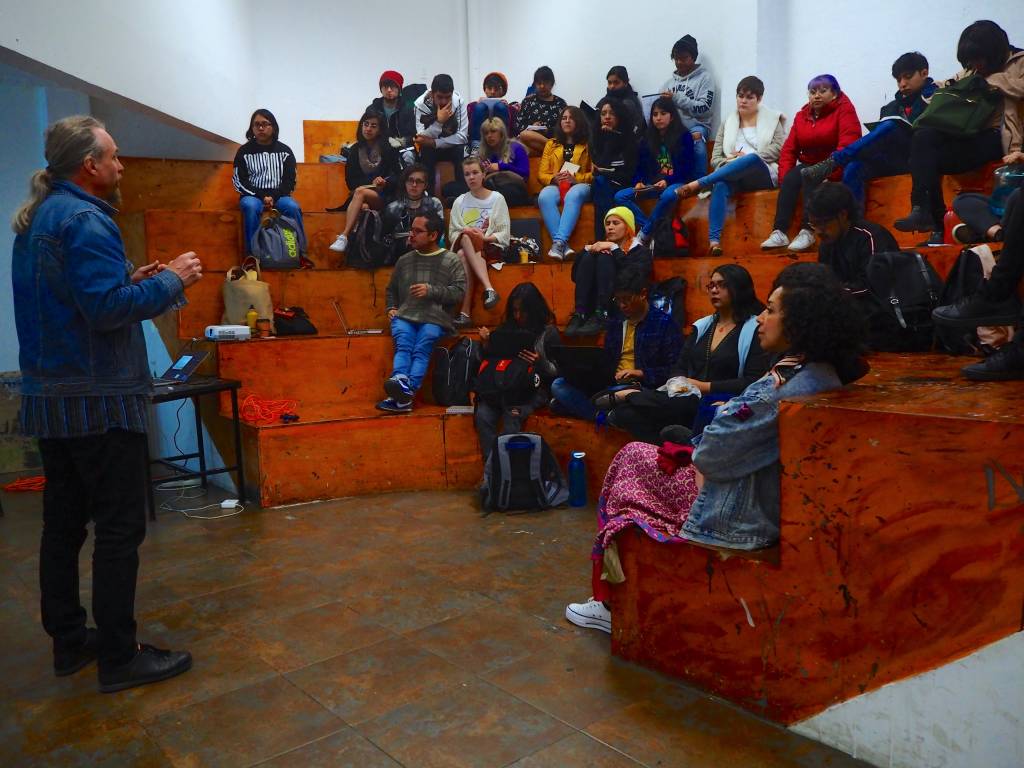
I was extremely lucky to be there when Juha Suonpää, one of my teachers from the Fine Art path, introduced us to Visual Catalysts. Visual Catalysts workshop is part of a more complex project, CICAT2025, which researches the transition from a linear to a circular economy. The main theme of our workshop was climate emergency. The workshop focuses on how artists can become the catalysts when it comes to the climate crisis and how art and circular economy can merge.
Art must help us see things in a new light, and offers fresh perspectives in order to move towards sustainability.” – Juha Suonpää
My teacher has bigger plans with Visual Catalysts. We had the same workshop in Germany in the end of 2019, we had one in Mexico in 2020. Now we are planning to have another one in Asia in the future.
The idea of Visual Catalysts Workshop
The main idea is to spread the word and to plant seeds everywhere we can. It is important to make young people discuss and create together on such an important topic. We are the future.
It seems all fun when looking at the photographs, but it is actually a great amount of work. Visual Catalysts is an intensive 5 day-workshop where groups of students start brainstorming, discussing and creating from the first day. There is no space for getting used to it, there is no ice to break. It is a lot of creativity, exchanging ideas and practice!
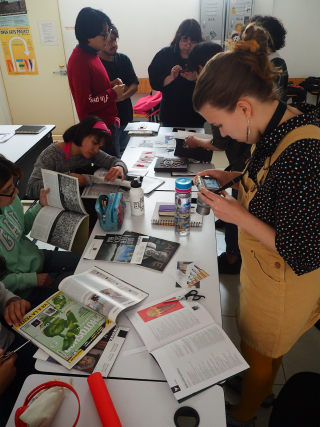
Throughout the week we focused on the big question: What can artists do about the climate crisis? We begun by creating lists of challenges and positive actions towards the climate crisis. Together, as a group, we discussed these in order to create mind maps that we looked back at throughout the week.
My favourite part was the second phase of the workshop – when the groups went outside of the university’s walls and start creating – being together with a bunch of people and create with the same aim in mind is such a wonderful feeling!
If in Germany the students focused more on the general issues of this topic, in Mexico we started to think locally. How does climate change affect Mexicans and how local artists can raise awareness among the residents?
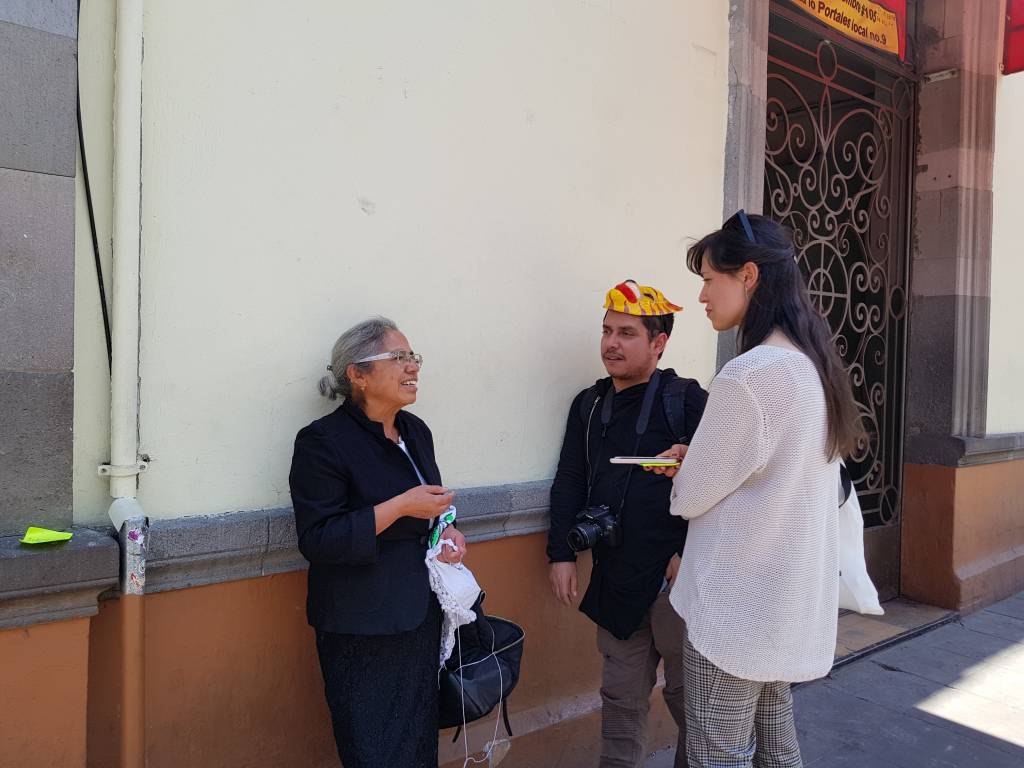
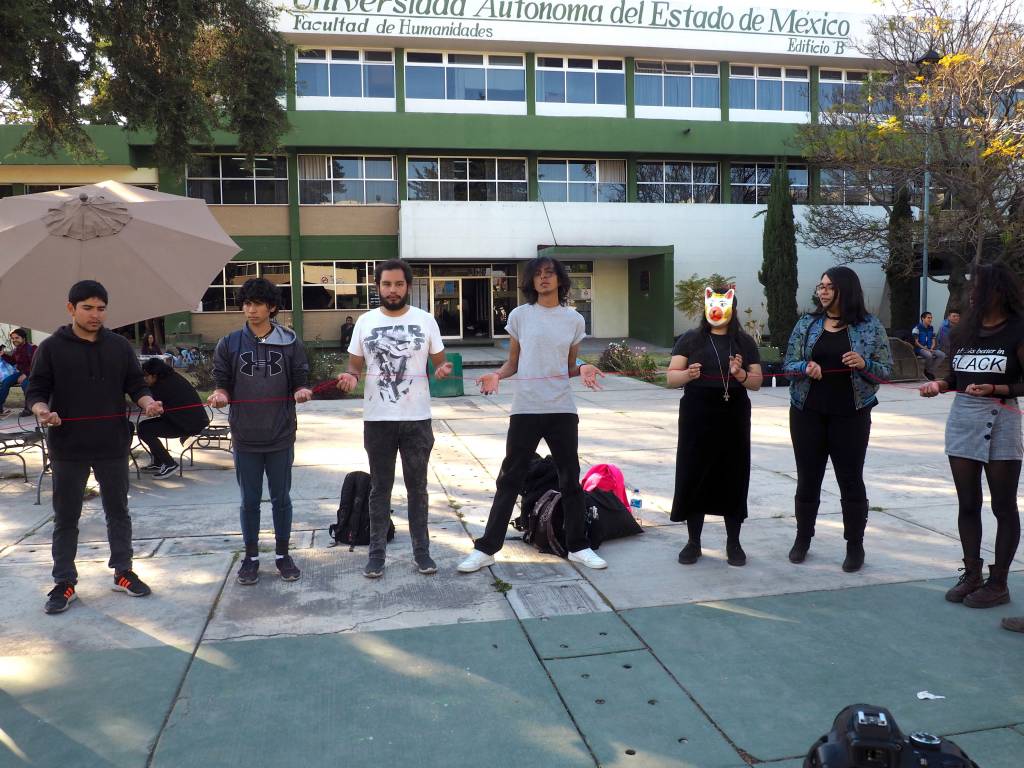
Being part of these two workshops opened new doors for me. It empowered me and showed me new skills that I didn’t know I had. I can do more than I have ever imagined!
